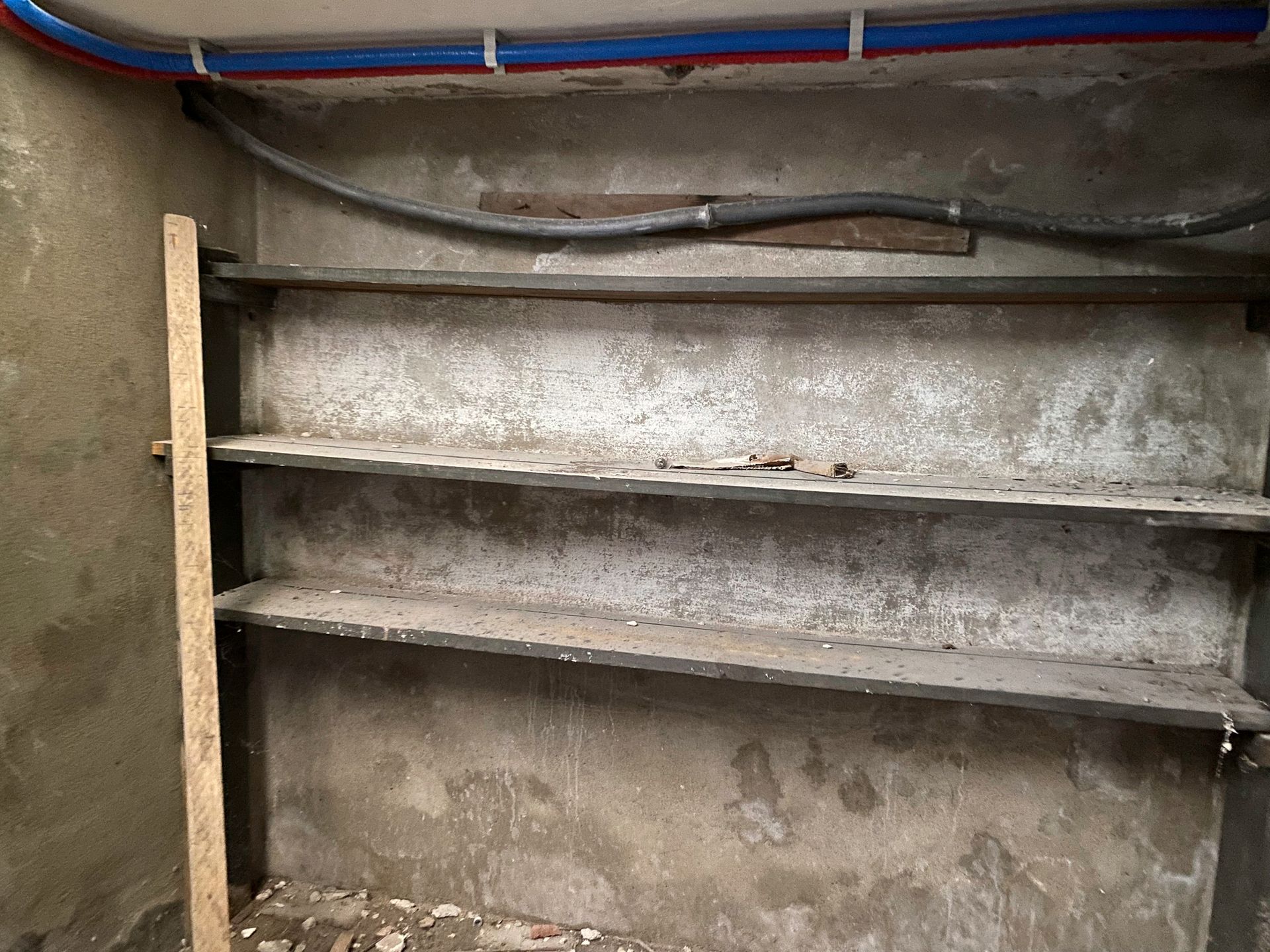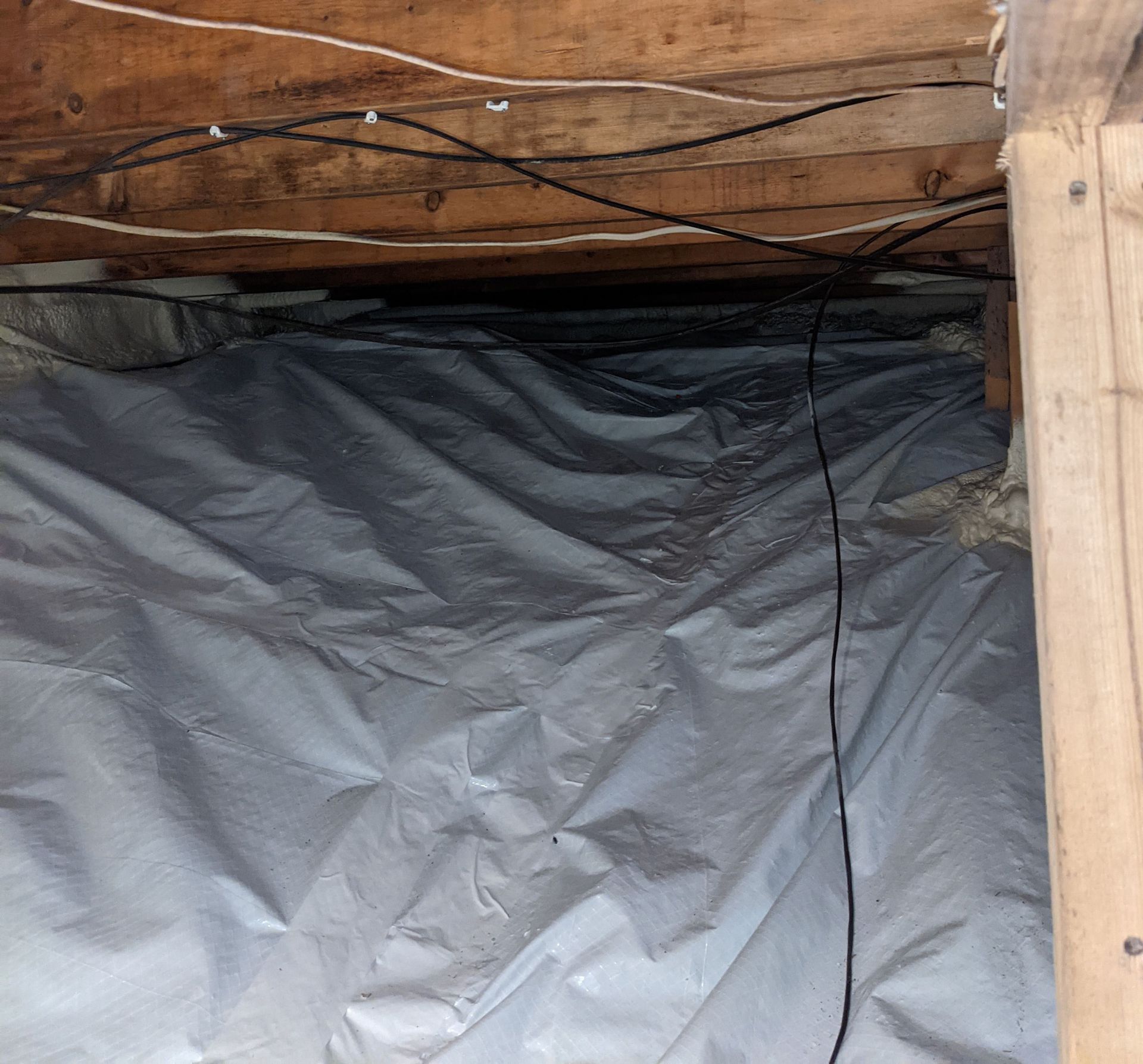Top Methods on How to Dry Out Basement Quickly and Effectively
Are you dealing with a wet basement? It’s crucial to act fast to prevent mold and structural damage. In this guide on how to dry out a basement, we’ll cover the essential steps: identifying the moisture source, using the right tools for water removal, and safety tips. Learn how to keep your basement dry and safe for the future.
Top Methods on How to Dry Out Basement Quickly and Effectively
When faced with a wet basement, the first step is to identify the source of the moisture. Identifying if the issue arises from condensation, runoff, or other sources is essential. After pinpointing the source, take steps to halt further water intrusion. To ensure safety, turn off any electrical equipment that might come into contact with water to avoid electrocution.
The subsequent step involves removing water. Employ tools like wet vacuums, sump pumps, and towels to effectively clear standing water from your basement floor. Improve air circulation in the basement with fans and open windows to accelerate drying. Dehumidifiers are crucial in lowering moisture levels, thereby preventing mold growth.
Once water is removed, clean and disinfect all surfaces to prevent mold growth and ensure safety. Different types of basement flooring, such as concrete, wood, or carpet, require specific drying techniques for thorough moisture removal.
Lastly, addressing the root cause of moisture and maintaining your sump pump helps prevent future flooding. Following these steps ensures your basement is effectively dried out and remains dry.
Introduction
A dry basement is crucial for maintaining the health of your home and its structural integrity. Moisture infiltration in your basement can cause severe problems like mildew and mold growth, posing significant health risks. Moreover, unchecked dampness can compromise the structural components of your home, leading to costly repairs down the line. Thus, knowing how to dry a basement effectively and prevent future water issues is crucial.
Basement waterproofing is not just a remedial measure but a proactive approach to ensure a dry and healthy space. It protects against water intrusion and enhances the overall durability of your property.
This guide provides practical steps to address wet basement issues, ensuring a safer, more comfortable living environment for your family.
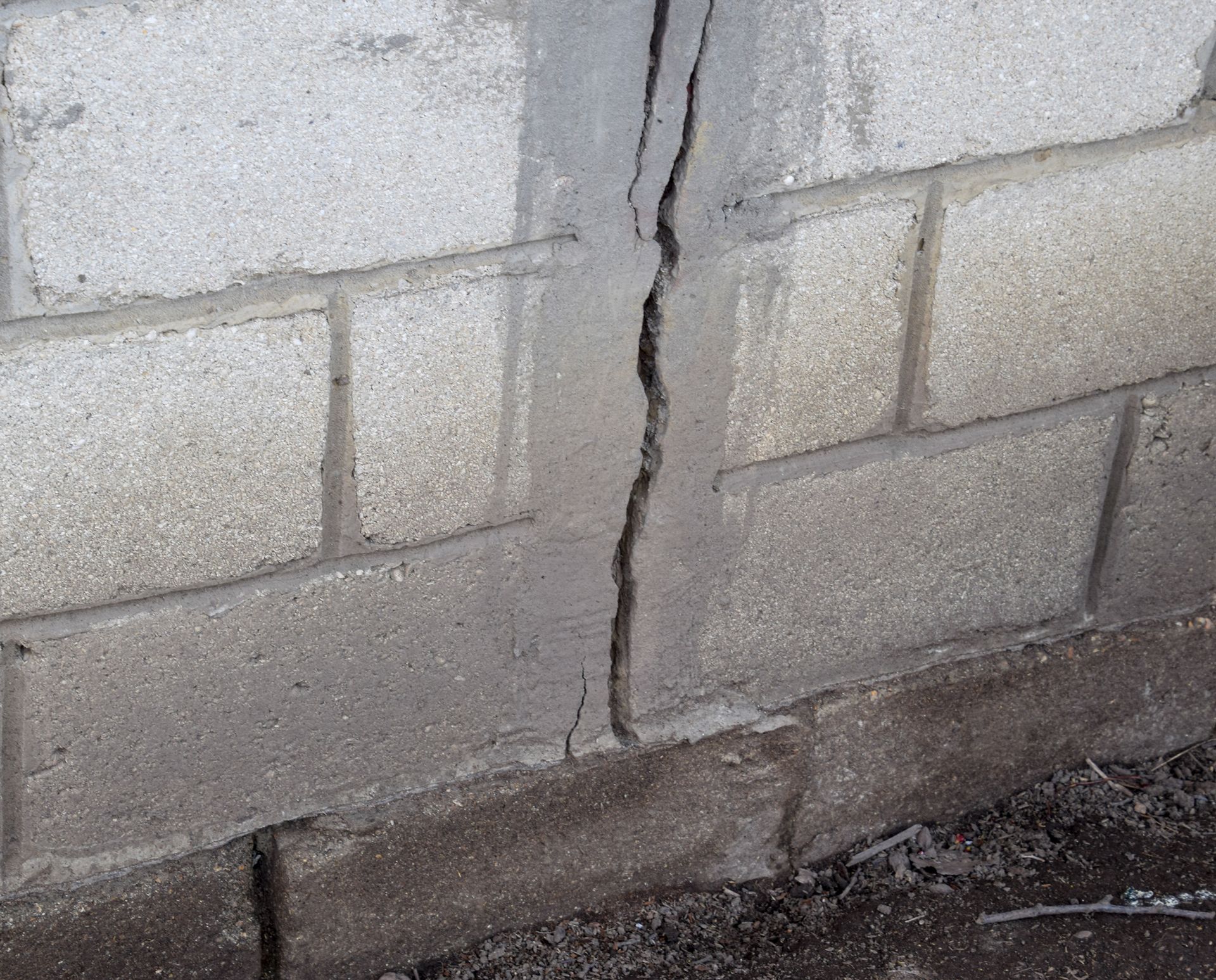
Identifying the Source of Moisture
Identifying the source of moisture is the first step in tackling a wet basement. This is crucial because understanding the root cause helps in finding the most effective solution. Common sources of moisture include surface water seeping into the basement, condensation from humid air, and leaks in the basement walls or foundation. Each of these issues requires a different approach to resolve.
If the water level in your basement is less than 2 inches, use towels to absorb it. However, deeper water will necessitate the use of a wet vacuum or a sump pump for efficient water removal. Installing an interior gutter system can also help manage water if condensation or runoff is not the primary cause of the moisture.
After identifying the source, prioritize safety during cleanup. Ensure proper water removal, ventilation, and thorough cleaning and disinfection to prevent mold and mildew growth. Addressing the source of moisture promptly helps maintain a dry basement and prevents extensive water damage.
Turning Off Electrical Equipment
Safety is paramount when dealing with a flooded basement; turning off electrical equipment should be your first action. Ensure the power supply to the basement is shut off before starting any work to prevent electrocution. This is especially crucial if electrical outlets or appliances have contacted water. If reaching the breaker box requires standing in water, contact your utility company for assistance instead of turning off the power yourself.
Avoid operating electrical tools near wet surfaces or when wet, as this can lead to serious injury or death. Install Ground Fault Circuit Interrupters (GFCIs) in wet locations to prevent electrical hazards.
Have any electrical appliances that contacted water inspected by a professional before reuse to ensure safety. Taking these precautions allows you to safely proceed with drying the basement.
Removing Excess Water
Removing excess water from your basement is crucial for the drying process. Start by using tools like wet vacs and sump pumps to efficiently remove standing water. Use towels to absorb water if the level is below 2 inches. This helps soak up the excess moisture. For deeper water, a wet vac is highly effective for extraction.
Begin the water removal process by mopping up or draining the water if possible. Move furniture and wet items immediately to prevent further damage and allow better access to water-logged areas.
Use a mop or sponge for hard-to-reach areas to ensure thorough water removal. Efficiently removing excess water significantly reduces the risk of mold growth and further water damage.
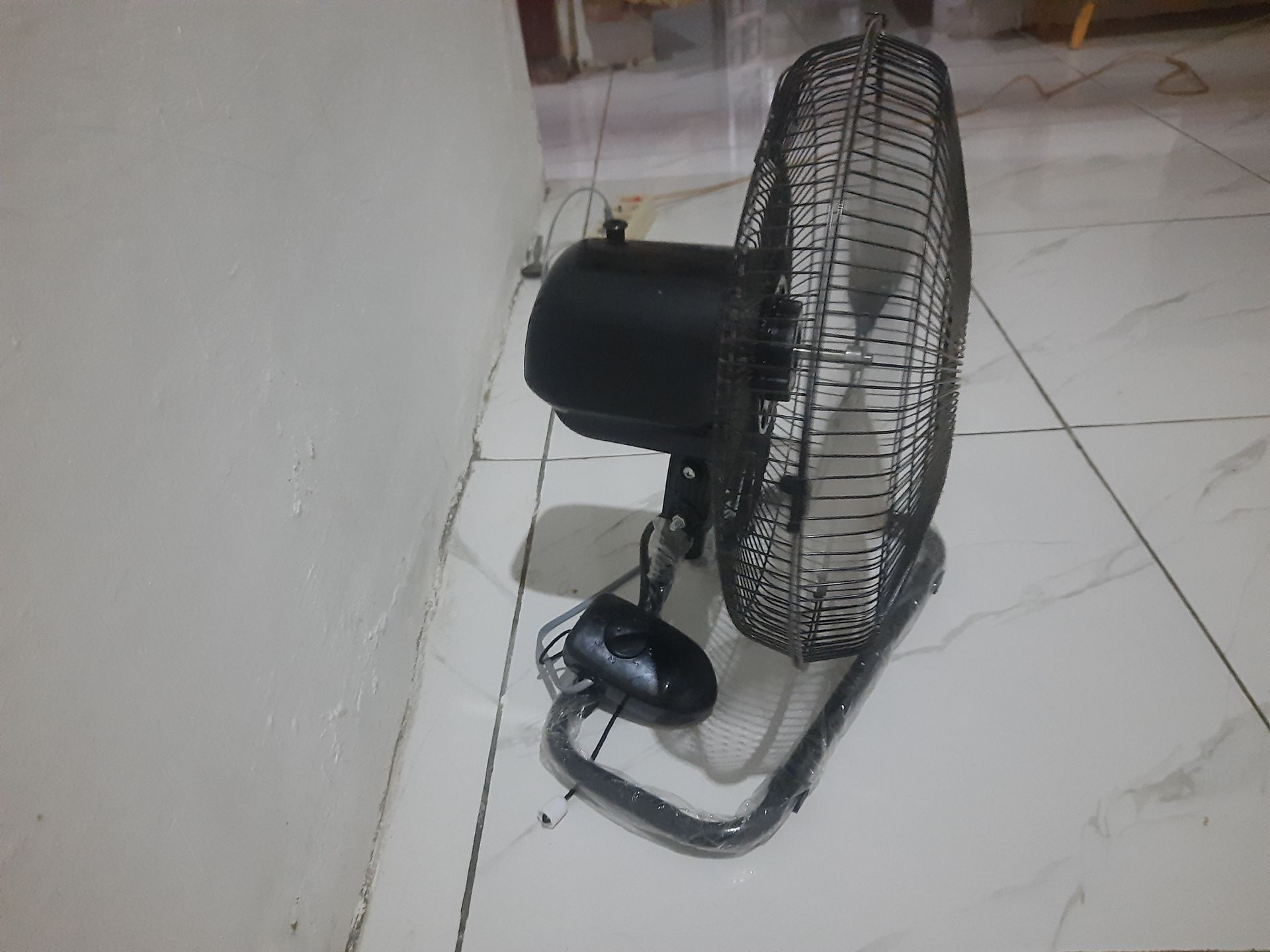
Enhancing Air Circulation
Improving air circulation is essential for speeding up the basement drying process. Begin by moving wet items to a well-ventilated space and opening doors and windows to let fresh air flow through the basement. Place fans around the basement to enhance air circulation and assist in drying. Running fans above and below carpets can also help ventilate and dry them more effectively.
Turning on the air conditioning can further aid in drying by cooling surfaces and reducing humidity levels. The aim of ventilating a flooded basement is to expedite drying and prevent further damage.
Enhanced air circulation creates an environment less conducive to mold growth and more effective in removing moist air.
Using Dehumidifiers
Dehumidifiers are invaluable for reducing moisture levels in a flooded basement. Position the dehumidifier in the most humid areas of the basement for optimal performance. Set it to a lower humidity level to enhance its efficiency in moisture removal. Run the dehumidifier for at least 48 hours to effectively absorb moisture from the air.
Regularly empty the dehumidifier’s water collection bin to maintain efficiency. Dehumidifiers effectively reduce air moisture, helping prevent mold growth and keeping the basement dry.
Using a dehumidifier significantly reduces humidity levels, creating a drier, healthier basement environment.
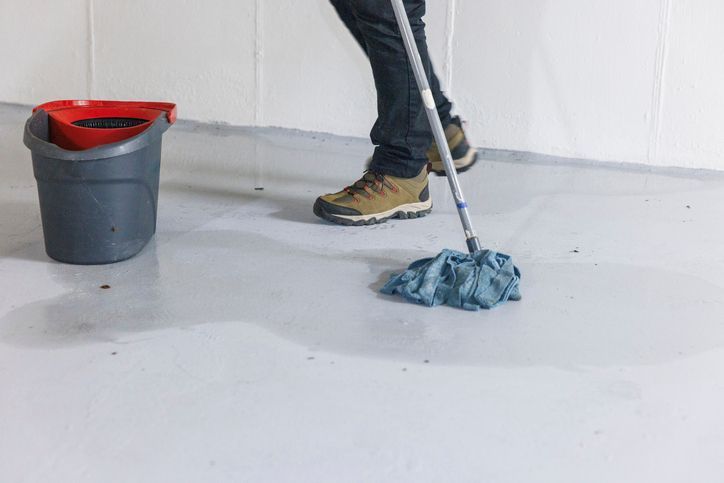
Cleaning and Disinfecting Surfaces
Thoroughly cleaning and disinfecting surfaces after water removal is crucial to prevent mold growth and maintain safety. Floodwaters can introduce harmful contaminants and bacteria, making thorough cleaning essential for health. Wear personal protective equipment like gloves and masks to protect yourself from contaminants during cleanup.
Scrub surfaces with a mixture of washing soda or trisodium phosphate, avoiding ammonia-based products. After scrubbing, disinfect surfaces with a bleach solution to eliminate remaining bacteria and mold spores.
Clean walls from the bottom to the top to prevent dirty water from running onto already cleaned areas. Thorough cleaning and disinfecting ensure a safe and mold-free basement environment.
Drying Different Types of Flooring
Properly drying different types of basement flooring is essential to prevent mold growth and maintain structural integrity. Each type of flooring, whether concrete, wood, or carpet, requires specific techniques for thorough drying.
The following subsections explore the best methods for drying these different types of flooring to ensure your basement remains dry and safe.
Concrete Floors
Concrete floors, though durable, can retain moisture if not properly dried. Begin by promptly removing standing water using appropriate tools like wet vacuums. Use fans and dehumidifiers to improve the drying process. These tools help remove moisture from the air. Ensure the concrete floor is completely dried to prevent mold growth.
In severe flooding cases, seeking professional help may be necessary to ensure thorough drying and address any underlying issues. These steps effectively dry your concrete floors and maintain a dry basement.
Wood Floors
Wood floors need special attention when drying to prevent warping and mold growth. Begin by moving furniture off the wood floors to allow optimal drying. Use fans and dehumidifiers to aid in the drying process, ensuring all areas are thoroughly dried.
After drying, disinfect wood floors to eliminate contaminants and prevent mold growth. In severe flooding cases, contacting professionals for help with drying and restoration may be necessary. Proper drying and disinfection help maintain the integrity and appearance of your wood floors.
Carpeted Floors
Before: Drying carpeted floors can be particularly challenging. Start by using a wet vacuum to remove as much water as possible from the carpet. Pull up the carpet and tent it over chairs or ladders to expedite drying. Enhance ventilation by using fans above and below the carpet during the drying process.
After:
- Use a wet vacuum to remove as much water as possible from the carpet.
- Pull up the carpet and tent it over chairs or ladders to expedite drying.
- Enhance ventilation by using fans above and below the carpet during the drying process.
Dispose of carpet padding after a basement flood, as it is difficult to dry completely and can harbor mold. If unable to reinstall the carpet yourself, contact a professional carpet installer for assistance.
Following these steps helps effectively dry carpeted floors and prevent mold growth.
Preventing Future Basement Flooding
Proactive measures are necessary to prevent future basement flooding. Begin by sealing foundation cracks with a waterproofing compound to stop water seepage. Regularly clean gutters and downspouts to prevent blockages that can cause water to pool against the foundation and lead to flooding. Proper lawn grading can also help direct rainwater away from the home’s foundation.
Creating a slope in landscaping to direct water away from the home is another effective strategy. Installing downspout extensions can further help direct rainwater away from the foundation, reducing the risk of water intrusion and improving the overall drainage system.
By identifying the cause of the moisture and implementing these measures, you can significantly reduce the likelihood of future basement flooding.
Maintaining Your Sump Pump
Regular maintenance of your sump pump is essential to ensure it operates effectively when needed. Test your sump pump annually before the wet season to ensure it is functioning correctly. Regularly clean the sump pump to remove any debris that could obstruct its function. Inspect components such as the float switch for wear, as these parts can affect the pump’s performance.
Installing a battery backup sump pump is a smart move to maintain operation during power outages, providing additional protection against basement flooding. Sump pumps should typically be replaced every 7-10 years based on average use and performance.
By maintaining your sump pump, you can ensure your basement remains dry and protected.
Summary
In conclusion, maintaining a dry basement is essential for the health and safety of your home. By following the steps outlined in this guide, you can effectively address and prevent moisture-related issues. Start by identifying the source of moisture, ensuring electrical safety, and removing excess water promptly. Enhancing air circulation and using dehumidifiers will aid in the drying process, while thorough cleaning and disinfection will prevent mold growth. Properly drying different types of flooring is crucial to maintaining their integrity and preventing future problems.
Preventing future basement flooding requires proactive measures such as sealing foundation cracks, cleaning gutters, and ensuring proper lawn grading. Regular maintenance of your sump pump is also vital to ensure it functions correctly when needed. By implementing these strategies, you can maintain a dry, healthy basement and protect your home from water damage. Take action now to keep your basement dry and safe for years to come.
Frequently Asked Questions
What are the first steps to take when my basement floods?
The initial steps to take when your basement floods include identifying the source of the moisture, turning off electrical equipment for safety, and removing excess water with tools such as wet vacuums or sump pumps. Acting promptly can help mitigate damage.
How can I enhance air circulation in my basement after a flood?
To enhance air circulation in your basement after a flood, open doors and windows, use fans, and activate the air conditioning. These actions will expedite drying and decrease humidity levels.
Why is it important to clean and disinfect surfaces after removing water from the basement?
It is important to clean and disinfect surfaces after removing water from the basement to prevent mold growth and eliminate harmful contaminants introduced by floodwaters. This ensures a safe and healthy environment.
What should I do if my carpeted basement floor gets wet?
It is essential to act promptly by using a wet vacuum to remove water, lifting the carpet for better drying, and disposing of the carpet padding. Ensuring proper ventilation with fans and seeking professional assistance if needed are also recommended.
How can I prevent future basement flooding?
To prevent future basement flooding, seal foundation cracks, clean gutters, ensure proper lawn grading, install downspout extensions, and maintain your sump pump. Taking these steps will significantly reduce the risk of water entering your basement.
All Rights Reserved | The Basement Ace (Formerly Basement Authorities NH)
